The application menu bar located on the top section of the screen is definitely one of the most crucial components of macOS. It enables the users to access a plethora of options and preferences, and when this menu bar starts not responding. It is definitely a cause of worry.
Many M1 Mac users, reported encountering this issue. Snatching away their ability to access some basics of functions. To eradicate the problem from its root, we’ll have to understand what is causing such an issue. Thankfully, there are multiple methods to resolve it.
As they say, many great problems have very simple solutions, we will be starting with some bare-bones basics fixes. Thus, let’s get started on it.
1. Restart your Mac
Well, this is troubleshooting #101 and cannot get more basic than this. Though restarting does help by quitting everything and then starting it again in the case, there are processes entangled amongst themselves which is causing the issue.
Well, no surprises here, you can restart your mac by clicking on the apple logo from the menu bar. Then choosing the ‘Restart…’ option, but again this might not work for you as your menu bar could be greyed out, not visible, or just not responding.
Hence, you can press Control+Command+Power Button to restart your Mac.
Note: The above shortcut does not apply to Macs with Touch ID. You will first need to log out of them by pressing Shift+Command+Q and then choosing the ‘Restart’ option from the bottom section of the screen.
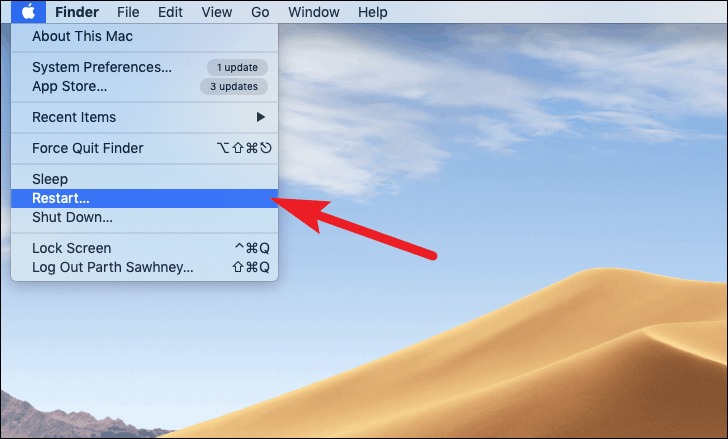
If restarting your Mac doesn’t solve your problem permanently. You might need to dive deeper to find a resolution.
2. Roll Back to Default Resolution
If you experience your menu bar disappearing, scaled resolution might be the issue behind it. Many users prefer scaled resolution on their Macs. If you are one of them, it is time to roll back to the default resolution.
To do that, first launch ‘System Preferences’ from Launchpad or your dock.
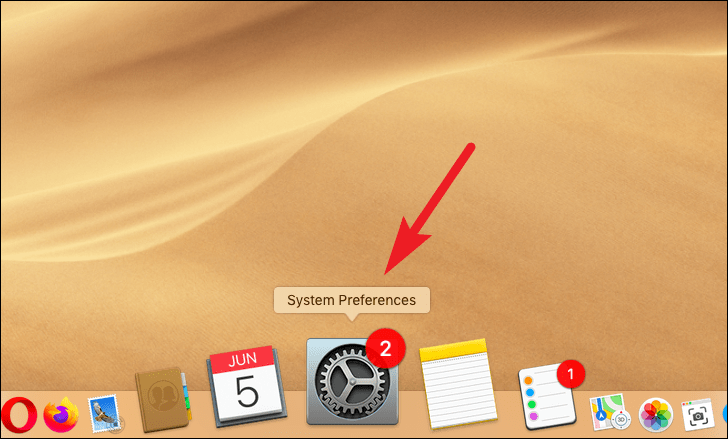
Next, click on the ‘Display’ option from the available options.
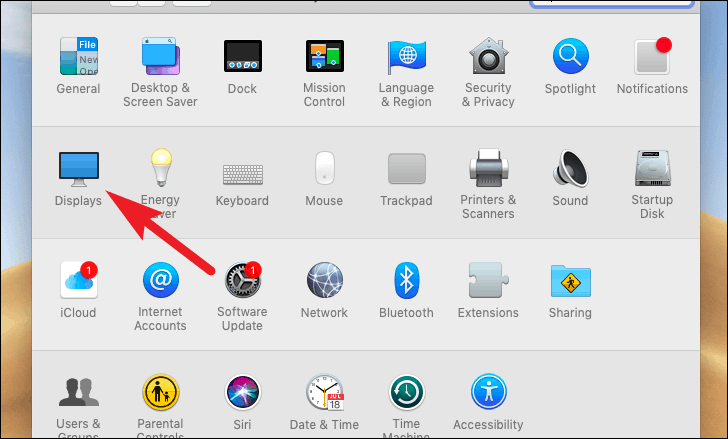
After that, choose ‘Default for display’ option.
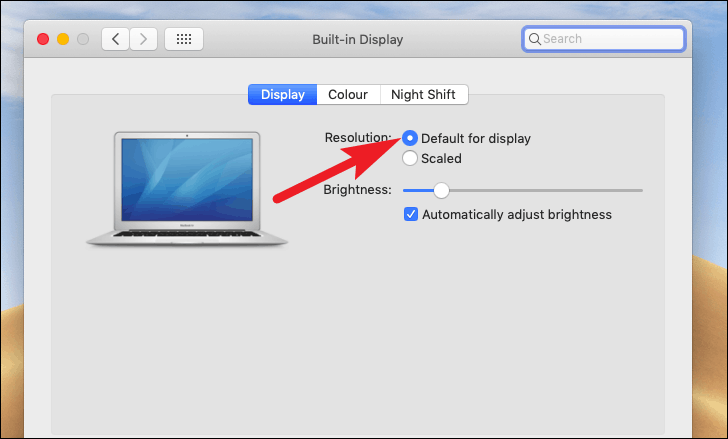
3. Force Quit Application
If you notice the leftmost section of your menu bar malfunctioning, but the rightmost section seems to have no issue. One of the applications is causing this issue, and it is imperative you should close the application.
Now, since you won’t be able to quit the application the normal way. You can force quit the application by pressing Option+Command+Escape then click the ‘Force Quit’. If the application is present on your dock, you can also Hold Option+Secondary Click quit the application.
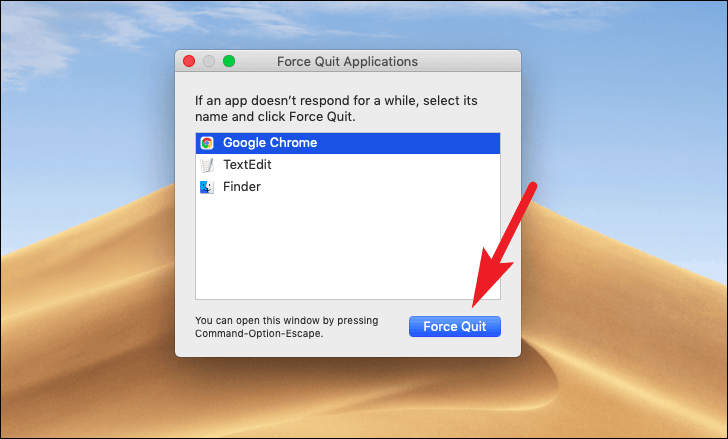
Though, this will only temporarily fix the option till the next time you launch the application. Make sure you have the latest version of it.
Else, you can either contact the developers and bring their attention to the problem or find an alternative for it.
4. SystemUIServer Restart
If your menu bar is completely non-functional without the interference of an 3rd party application. It is time we summon the Activity Monitor.
SystemUIServer primarily manages the system menu items on your Mac. It can, after a recent update or in exceptional scenarios not function properly and as a result, present this issue of the application menu bar not responding. Fortunately, it is a quick fix and will just require a couple of minutes.
Restart SystemUIServer using Activity Monitor
First, open the Activity Monitor from the Launchpad.
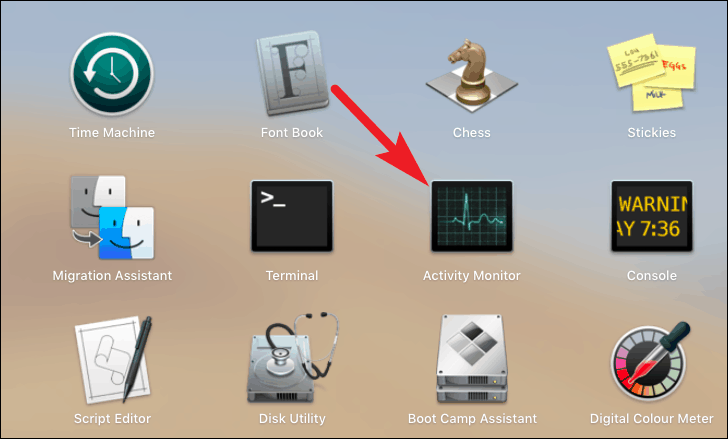
Now search for ‘system’ in the search box present on the top right corner of the window. Then, click on the ‘SystemUIServer’ process. After that, click on the ‘Force Quit’ icon present on the top left section of the screen.
Note: After force quitting, SystemUIServer process will start automatically.
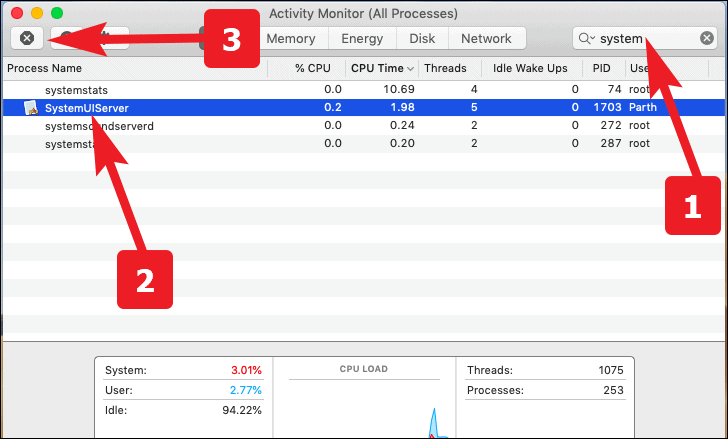
Restart SystemUIServer using Terminal
Launch the terminal from the Launchpad of your Mac.

Next, enter the command killall SystemUIServer and press Enter to kill the SystemUI Server process.
Note : SystemUIServer process will start immediately and automatically, once the process has been killed.

5. Remove Menu Bar Extras
If the menu bar problem still persists, it is time to get a bit more technical. There might be some third-party extras in the menu bar interfering with it. As they are not managed by SystemServerUI, the above tip might not work on them.
Thus, the best course of action is to remove all of them to restore the normal function of the menu bar.
Press Command+Shift+G to open the ‘Go To’ menu. Then, type /Library/Preferences/ and press ‘Go’.
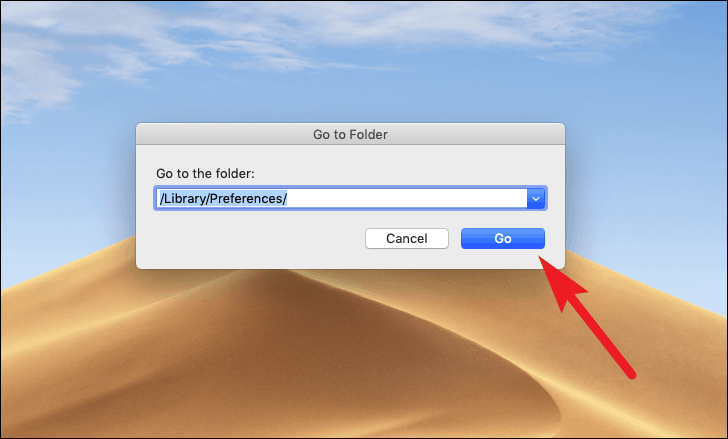
Now, locate ‘com.apple.systemuiserver.plist’ file and move it to trash. Once the file has been deleted, log out and back in on your mac to see the changes take effect.
All your third party menu items will have been removed from the menu bar. You can either re-populate it by adding them one by one to check which application was causing the issue, or let it stay unpopulated.
Hopefully, one of these fixed will definitely resolve your issue of application menu bar not responding!






Member discussion